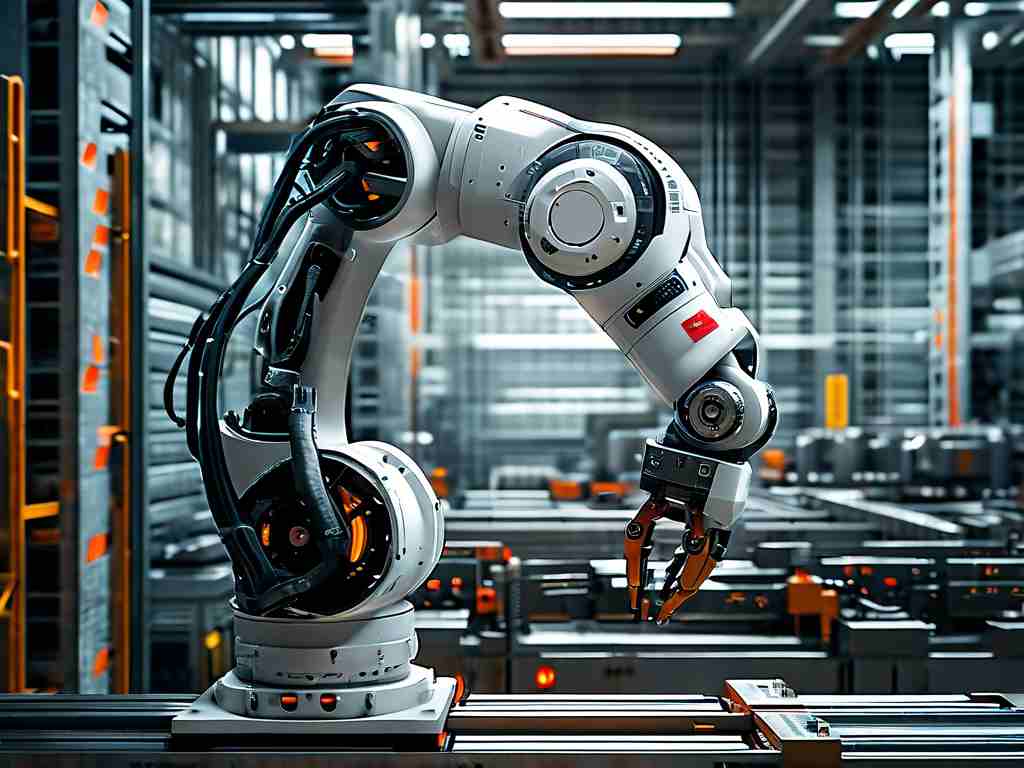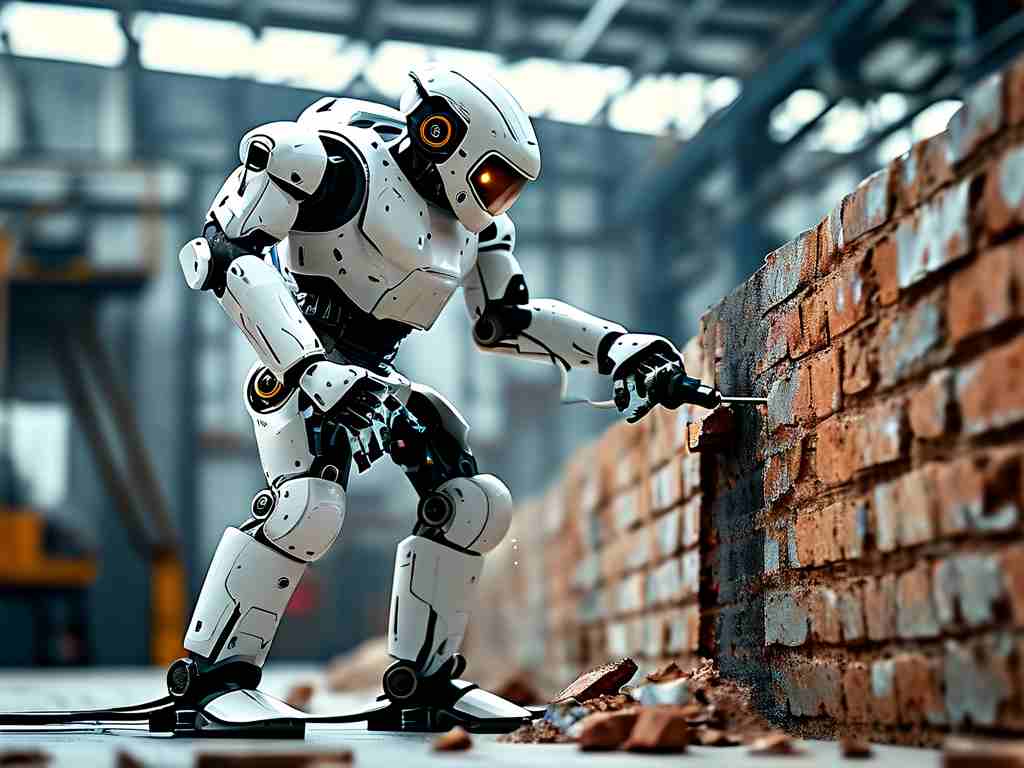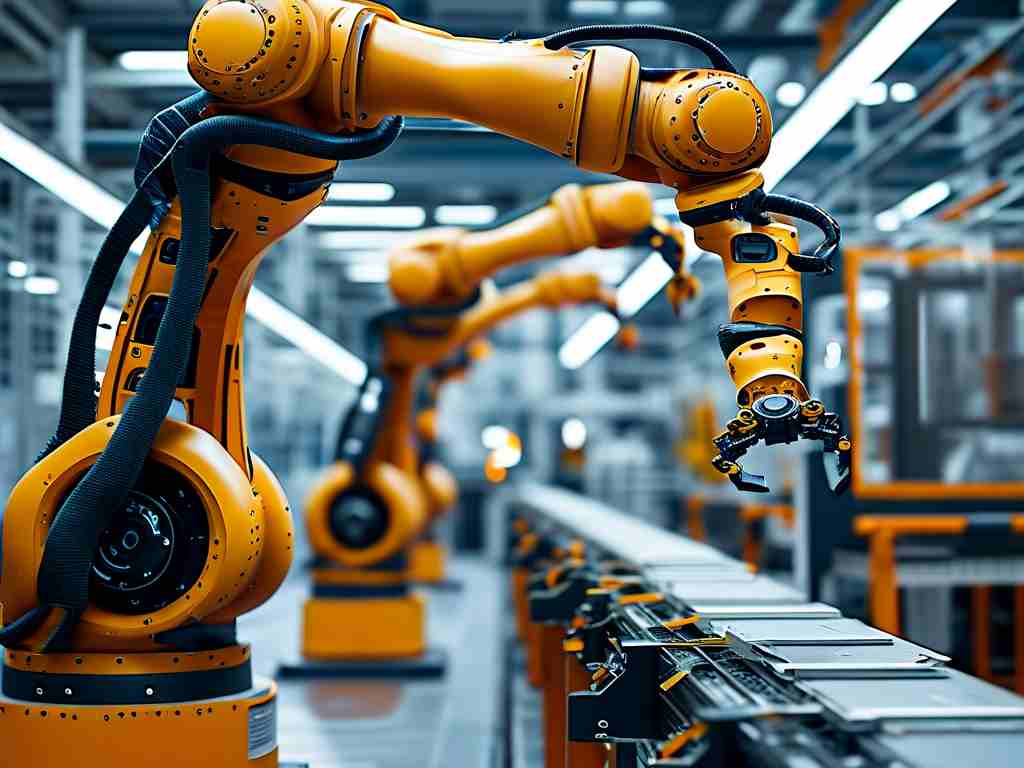In the evolving landscape of disaster response technology, robotic seismic resistance has emerged as a transformative field. This article explores cutting-edge innovations in robotic systems designed to withstand and operate during earthquakes, offering insights into their engineering principles, real-world applications, and future potential.

The Challenge of Seismic Environments
Earthquakes present unique challenges for machinery due to unpredictable ground motions, structural collapses, and hazardous debris. Traditional disaster-response equipment often fails under such extreme conditions. Researchers have turned to robotics to address these limitations, focusing on three core aspects: structural resilience, adaptive mobility, and autonomous decision-making.
Structural Innovation in Robot Design
Modern earthquake-resistant robots employ biomimetic principles inspired by nature's survival mechanisms. For instance, segmented exoskeletons mimicking arthropod anatomy allow flexibility while maintaining structural integrity. The TA-9X prototype developed at Kyoto University features interlocking titanium plates that redistribute impact forces across its frame, reducing stress concentration by 62% compared to conventional designs.
Energy-absorbing materials play a crucial role in these systems. A team at Stanford recently demonstrated a shock-dampening composite combining carbon nanotubes with non-Newtonian fluids. This material hardens instantaneously upon impact while remaining flexible during normal operation, enabling robots to withstand sudden lateral forces exceeding 9.8 m/s².
Mobility Breakthroughs
Hybrid locomotion systems have become a focal point in seismic robotics. The QuakeRoamer series exemplifies this approach, utilizing retractable tracks for flat surfaces and six independently articulating legs for climbing over rubble. Its patented "terrain-adaptive gait algorithm" processes real-time LiDAR data to adjust movement patterns within 0.3 seconds of detecting ground shifts.
Magnetic adhesion technology has shown particular promise in urban earthquake scenarios. Researchers at ETH Zurich's Robotic Systems Lab created a wall-climbing robot with electromagnetic feet capable of adhering to vertical steel surfaces even during sustained vibrations. Field tests in simulated disaster zones demonstrated 89% mission success rates compared to 54% for conventional ground-based units.
AI-Driven Situational Awareness
The integration of machine learning with multi-sensor arrays has revolutionized robotic perception in chaotic environments. A notable example is the Seismic Ops Neural Network (SONN), which processes inputs from:
- Triaxial accelerometers
- Thermal imaging cameras
- Ultrasonic depth sensors
- Particulate matter detectors
This system enables robots to distinguish between stable and compromised structures with 94% accuracy, a significant improvement over earlier visual analysis systems. During the 2023 Türkiye earthquake response, SONN-equipped robots successfully identified 17 survivors trapped under complex debris patterns that human rescuers had initially missed.
Power and Communication Solutions
Maintaining operational capacity in damaged infrastructure requires innovative energy solutions. The Japan Robotics Association's latest prototype employs a dual power system combining solid-state batteries with piezoelectric generators that harvest energy from ambient vibrations. This configuration extends operational duration by 400% compared to battery-only systems.
Mesh network communication protocols address signal blackout challenges. By establishing ad hoc networks through relay drones and ground units, the RESCUE-5G system maintains data transmission rates above 50 Mbps even in completely collapsed urban environments.
Ethical and Practical Considerations
While the technology advances rapidly, important questions emerge regarding deployment ethics. The high cost of seismic-resistant robots (averaging $250,000 per unit) creates accessibility disparities between regions. Additionally, concerns about job displacement in traditional rescue sectors require careful policy consideration.
Future Directions
Current research focuses on swarm robotics for large-scale disaster response. Early trials with coordinated robot teams show potential for mapping disaster zones 60% faster than individual units. Another promising avenue involves soft robotics – MIT's recent development of silicone-based actuators could enable robots to squeeze through openings as narrow as 3 cm while maintaining structural stability.
As climate change increases seismic risks globally, robotic seismic resistance technology stands at the forefront of disaster mitigation. With continued innovation and cross-disciplinary collaboration, these systems may soon become indispensable components of urban resilience strategies worldwide.









